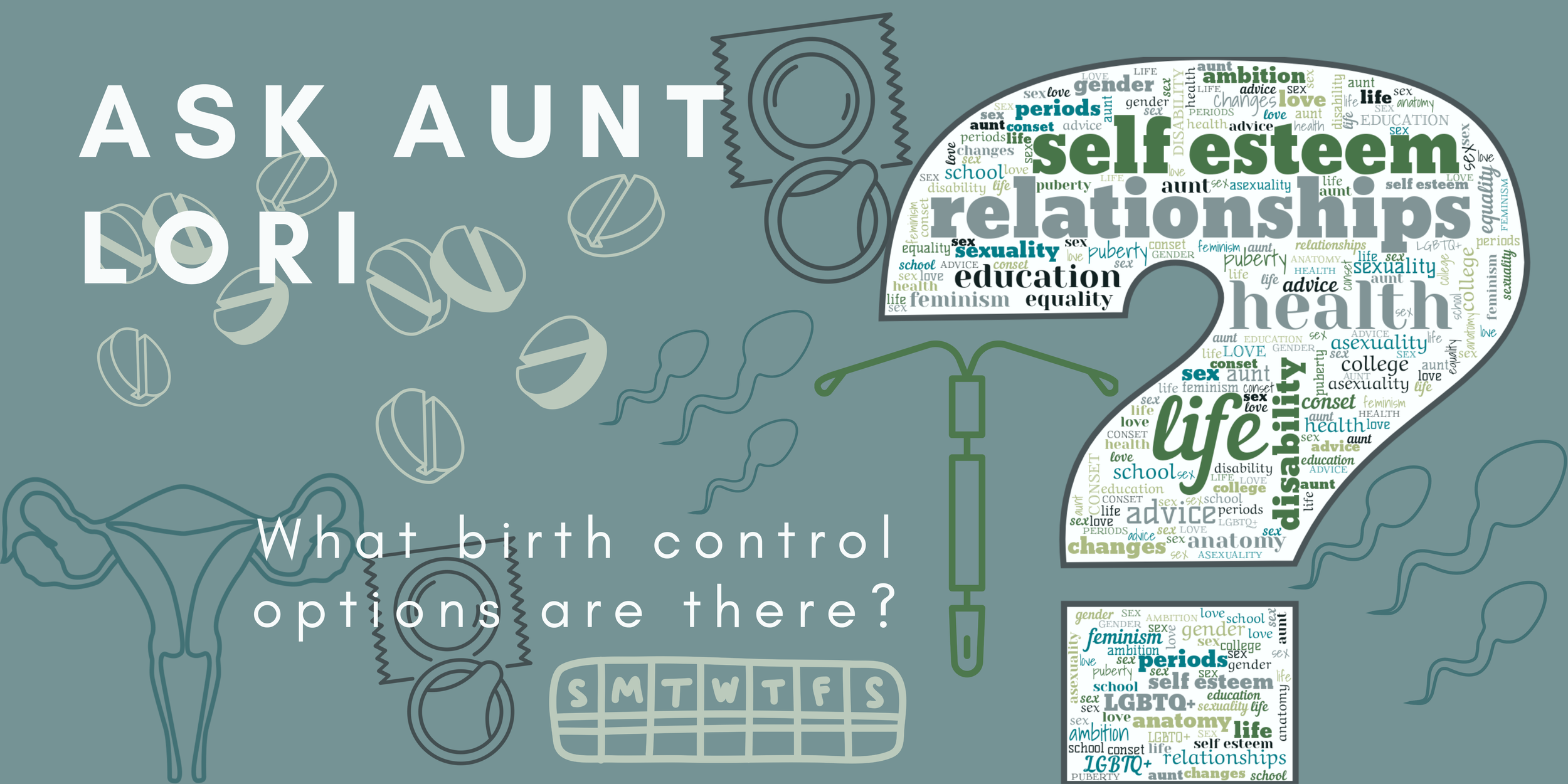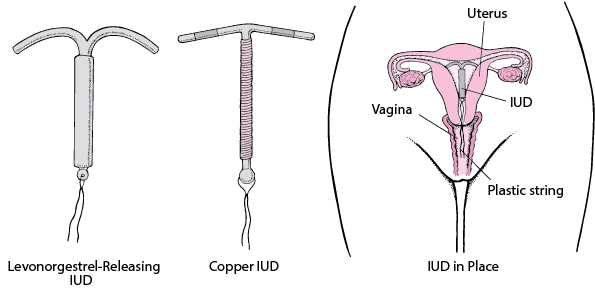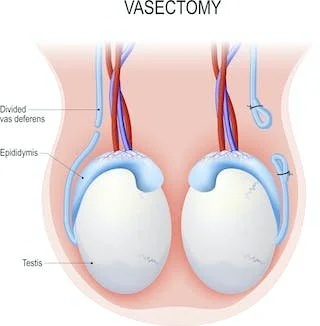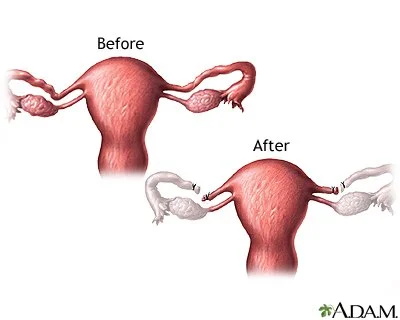Ask Aunt Lori - Birth Control
Dear Aunt Lori,
I want to start having sex, but I don't want to get pregnant. What are my options for birth control?
No Babies
There are a lot of different birth control options: permanent/temporary, continuous/one time, hormonal/no hormones, etc. Your doctor can help you find what is best for you and your body and needs, but I can give you some information to start. Be sure to read about safe sex practices first!
I'll go over several methods of birth control, but keep in mind that for every one of these there may be a few variations. This is especially true for "the pill": there are countless ones! Efficacy is "typical use" - the way it's typically used outside of "perfect use" in a clinical trial. Most birth control methods are for those with a uterus that can become pregnant - though not all, the "weight" is heavier for this population.
Oral Contraceptives
Hormonal: may be progestin only or a combination of progestin and estrogen
Continuous; you take one pill a day at the same time of day
Not permanent
Doesn't protect against STIs
Prescription needed
91% effective
"The pill" is probably one of the most well-known forms of birth control and one of the most widely used. It boasts a high rate of pregnancy prevention and can be stopped at any time. It can help regulate periods, make them lighter, or even be used to reduce the frequency of periods to every 3 months.
Downsides include the plethora of side effects possible: blood clots, weight gain, headaches, nausea, bloating, breast tenderness, mood swings, increased blood pressure, spotting, among others. Some side effects go away after a few weeks, or may be experienced with one prescription/type but not another. Due to these issues, you'll need to see your doctor to discuss your options and if they would be a good option for you or not.
Birth control pills can be prescribed for a variety of reasons other than pregnancy prevention: endometriosis, ovarian cysts, polycystic ovarian syndrome, heavy periods, acne, and more. Prior to my endometrial ablation, I took birth control pills to help with my heavy periods - even though I'm asexual!
Condoms
No hormones
Use at time of sex
Not permanent
Protects against STIs
No prescription needed - but it is possible to get internal condoms with a prescription and over the counter
Condoms are also one of the most well-known forms of birth control. They're widely available and have countless different kinds on the market. They also have the major bonus of preventing STIs!
Most negative reviews are because they have to be done "in the moment", "feel different", allergies to latex, or breaks. It's important to note that each of these complaints have solutions: internal condoms can be inserted shortly before use, internal condoms are said to feel better (according to reviews) and there are external condoms that are made thinner, several non-latex ones are available, risk of breaking can be reduced by using plenty of lube and NEVER using 2 at a time or switch brands to one better suited for your needs.
Non-oral Contraceptives (vaginal ring, patches, implants, shots)
Contain hormones: varies depending on the type, but similar to oral contraceptive pills and can be progestin or a combination of progestin and estrogen
Continuous
Not permanent
Doesn't protect against STIs
Prescription needed
91 - >99% effective
These work in similar ways as oral contraceptives, but the hormones are delivered through a different method other than a daily pill. This is often the preferred method for people who have difficulty remembering to take a pill daily; patches are replaced weekly, rings are replaced monthly, shots are given every 3 months, and the implant is effective for up to 5 years!
Because the hormones are similar to oral contraceptives, they carry similar side effects. The frequency and severity of side effects varies by method, with the implant often having the lowest rates of occurrence.
IUDs (intrauterine devices)
Hormonal and hormone free options
Continuous
Not permanent
Doesn't protect against STIs
Prescription needed and doctor inserts it
Over 99% effective
This has become a more popular method of birth control as medical science has progressed. Earlier versions were dangerous and linked to many cases of sepsis from infections of the uterus. Now, they're a reliable long-term method and can last 5-10 years!
The copper IUD can be used as an "emergency" contraceptive if inserted within 5 days of sex. This IUD is often the preferred method of birth control for those who can't tolerate hormonal birth control options.
Many people report having lighter and less severe periods on the hormonal IUD. These contain progestin only, which often is better tolerated for those who have more side effects with hormonal birh control methods. The initial cost is more, but is cheaper in the long run compared to oral contraceptives.
Often the main deterrent is the insertion process: an OB/GYN uses a device to hold the vaginal canal open, measures the length of the uterus, and then inserts the IUD (it's folded into an applicator) into the uterus. Some women have mild pain, but it can be severe for others. Many doctors place IUDs without any form of pain management, though there's a growing number that do. Because of the tendency to dismiss women's pain, there is a lot of conflicting information about it: most medical literature says it's mild discomfort but there are quite a few people who have discussed that the pain was severe.
Surgeries; Vasectomy & Tubal Ligation ("getting tubes tied")
No hormones
Continuous
Permanent, but can be reversed with a second surgery with some efficacy
Doesn't protect against STIs
Performed by a doctor under local (Vasectomy) or general (tubal litgation) anesthesia
Over 99% effective
Vasectomy and tubal ligation arethe most common permanent birth control options. Both involve removing part of the tubes (vas deferens and ovarian tubes) carrying gametes (sperm and egg) so that they won't be able to even "meet" during unprotected sex that would otherwise have a pregnancy risk.
Both are extremely effective, but vasectomy is less invasive than a tubal litigation. Vasectomies are performed in a clinic, usually by a urologist, under local anesthesia. The area is numbed and a small section of the vas deferens is removed. Recovery time is short and many only experience mild discomfort that goes away in a couple of days after rest and applying cold compresses.
Tubal ligation has to be performed under general anesthesia - "being put under". The doctor cuts through several layers of the abdomen to reach the ovarian tubes. Similarly, a small portion of the ovarian tubes is removed. Recovery takes about a week or two and there is more pain. Because of these factors, this operation is often done during a C section, endometrial ablation, or other pelvic surgeries.
Both have a very small risk of the tubes regrowing. This is rare and happens after several years.
Emergency Contraceptives (morning after pill)
Strong hormones
Temporary and within 3-5 days of sexual activity, depending on the type
Not permanent
Prescription not needed for some, but prescription needed for Ella
Efficacy varies
Emergency contraceptives have become more popular in recent years - sadly, mostly because of misinformation! These are NOT abortion pills; they prevent the egg from being fertilized and won't induce abortion if fertilization has already occurred. These pills are used as a backup birth control or in cases where someone is at risk of pregnancy due to sexual assault and coercion.
These pills are most effective if used as soon as possible! The two main brands are: Plan B and Ella. Ella is the most effective, but requires a prescription; Plan B is available over the counter but must be used within 3 days. Plan B contains levonorgestrel and is effective for people up to 165 lbs; Ella contains ulipristal acetate and is effective for people up to 195 lbs.
Though both are safe and effective, they shouldn't be used regularly as the primary form of birth control. Not only is it expensive and inconvenient, but the hormones are stronger than what would be in a long term birth control option. Many doctors don't recommend taking it more than twice a year and suggest a preventative plan instead.
Final
Though there are a few other methods - pull out, rhythm, diaphragms, spermacides, cervical caps, sponges - I've discussed the most effective methods and should give you a better idea of what works for you. If you're more interested in a particular method, I've linked resources to more information. Planned Parenthood and your doctor can help you make the decision for your needs. Using multiple forms of birth control can also further decrease your risk of unintended pregnancy. Always have a backup plan for birth control, in case the primary form fails (condom breaks).
If you're having sex that could result in a pregnancy - even if you think you or your partner is infertile or unable to have children - and there's a change in your/your partner's menstrual cycle: take a pregnancy test. They're inexpensive to purchase or your doctor can easily perform one at an appointment!
Aunt Lori
Have questions you want me to answer? Fill out my Google form here and select "Ask Aunt Lori"! No judgment, just ask away!









